CIS3003: A Comparative Report on SDN and PBNM Virtualized Networks
VerifiedAdded on 2023/06/11
|22
|1144
|89
Report
AI Summary
This report provides a critical examination of Software-Defined Networking (SDN) and Policy-Based Network Management (PBNM) as virtualization networking approaches. It addresses key questions regarding the constitution of each network model, the processes and approaches involved in their management, and the impacts and benefits that an enterprise can leverage from each. The report compares the two models in terms of infrastructure and capabilities, considering factors such as cost-effectiveness, manageability, dynamism, and adaptability. It highlights the benefits of SDN, including simplicity, automation, and centralized management, while also noting potential security concerns. For PBNM, the report emphasizes its ability to relieve system administrators, enhance automation, and adapt to changing management requirements. Ultimately, the report recommends PBNM due to its regulatory benefits, automated traffic control, and enhanced security features, especially in light of potential security vulnerabilities in SDN. The analysis is intended to inform management decisions on network infrastructure development, particularly in the context of growing concerns about data control.
1 out of 22
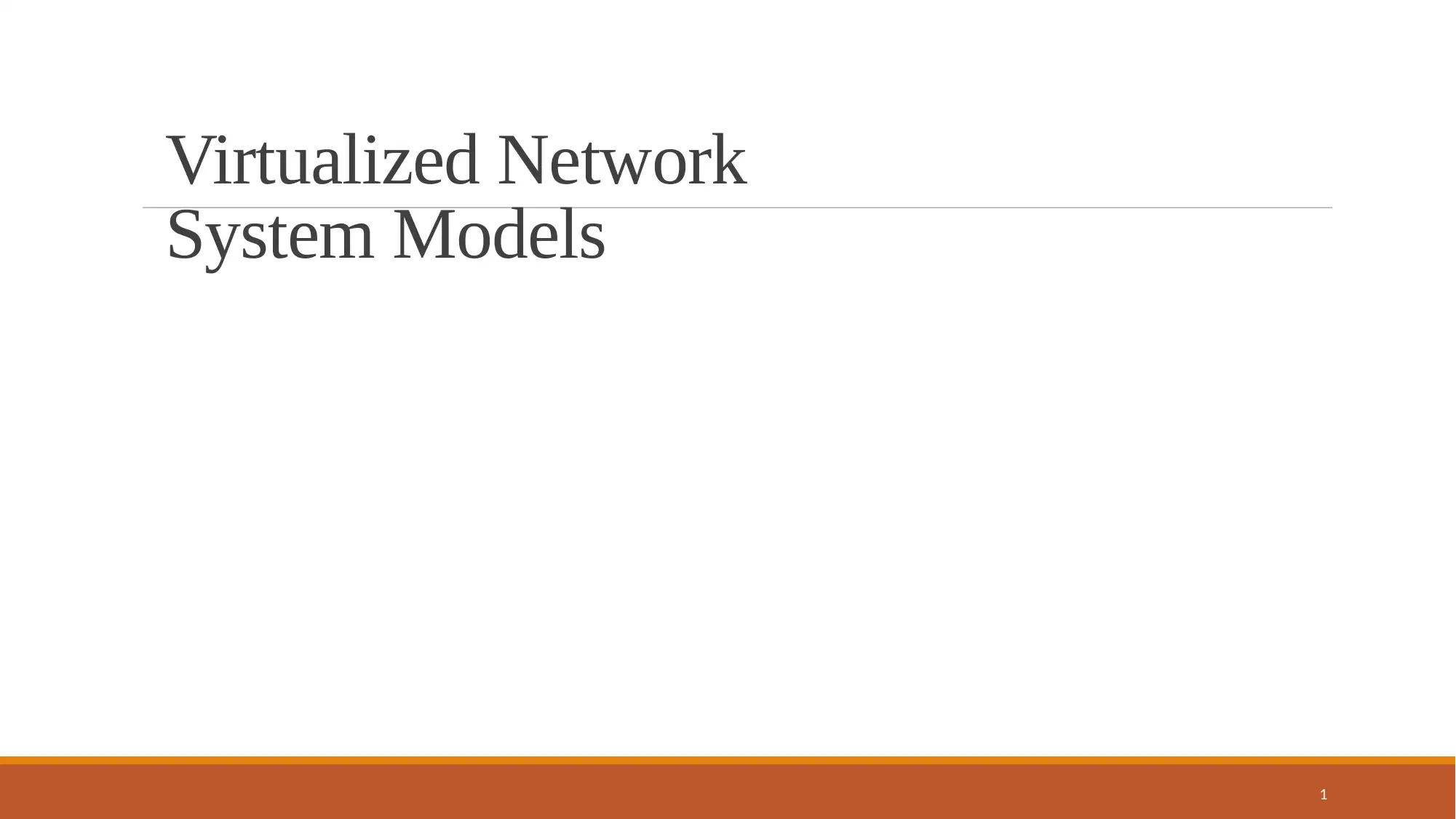
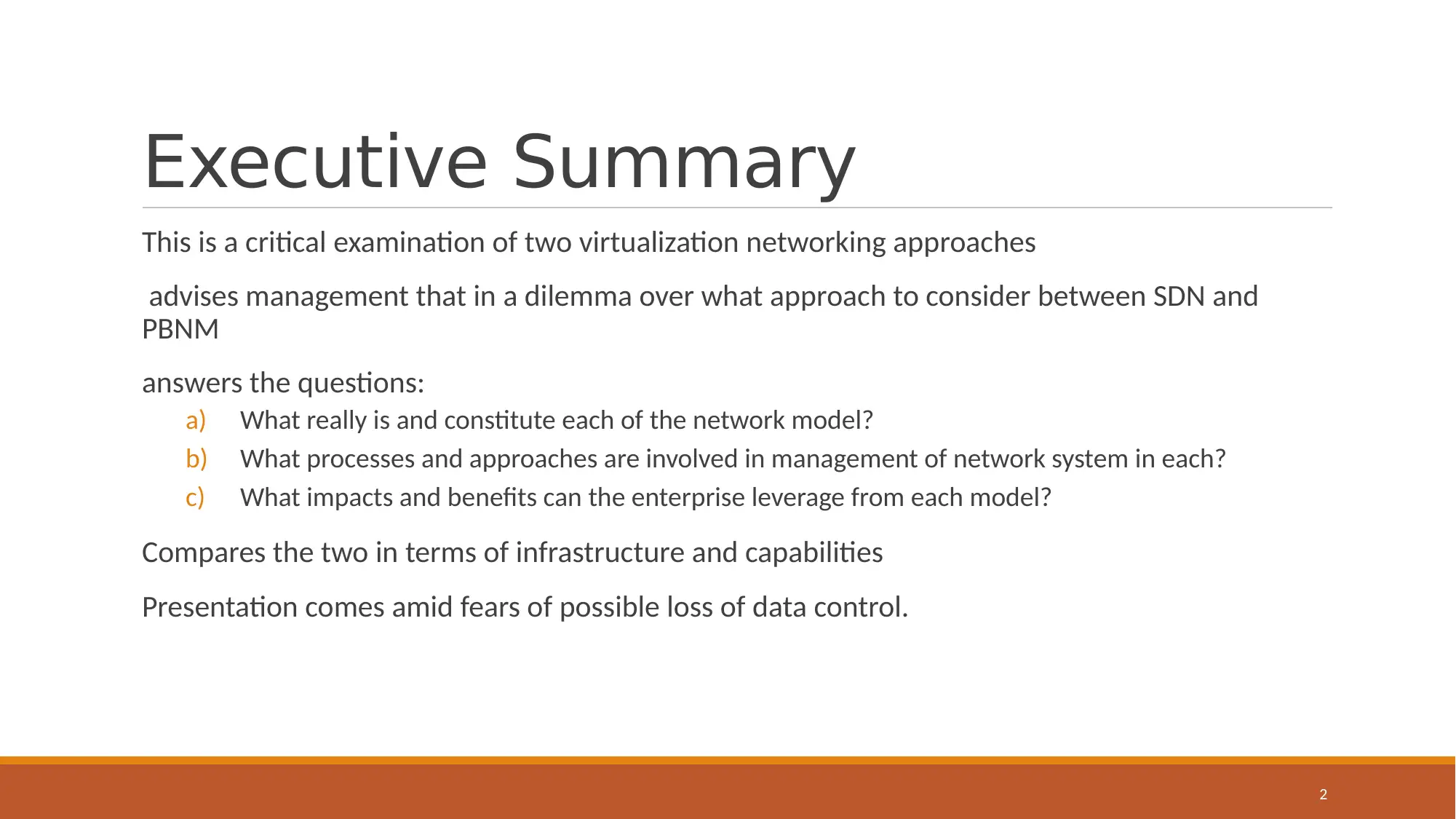
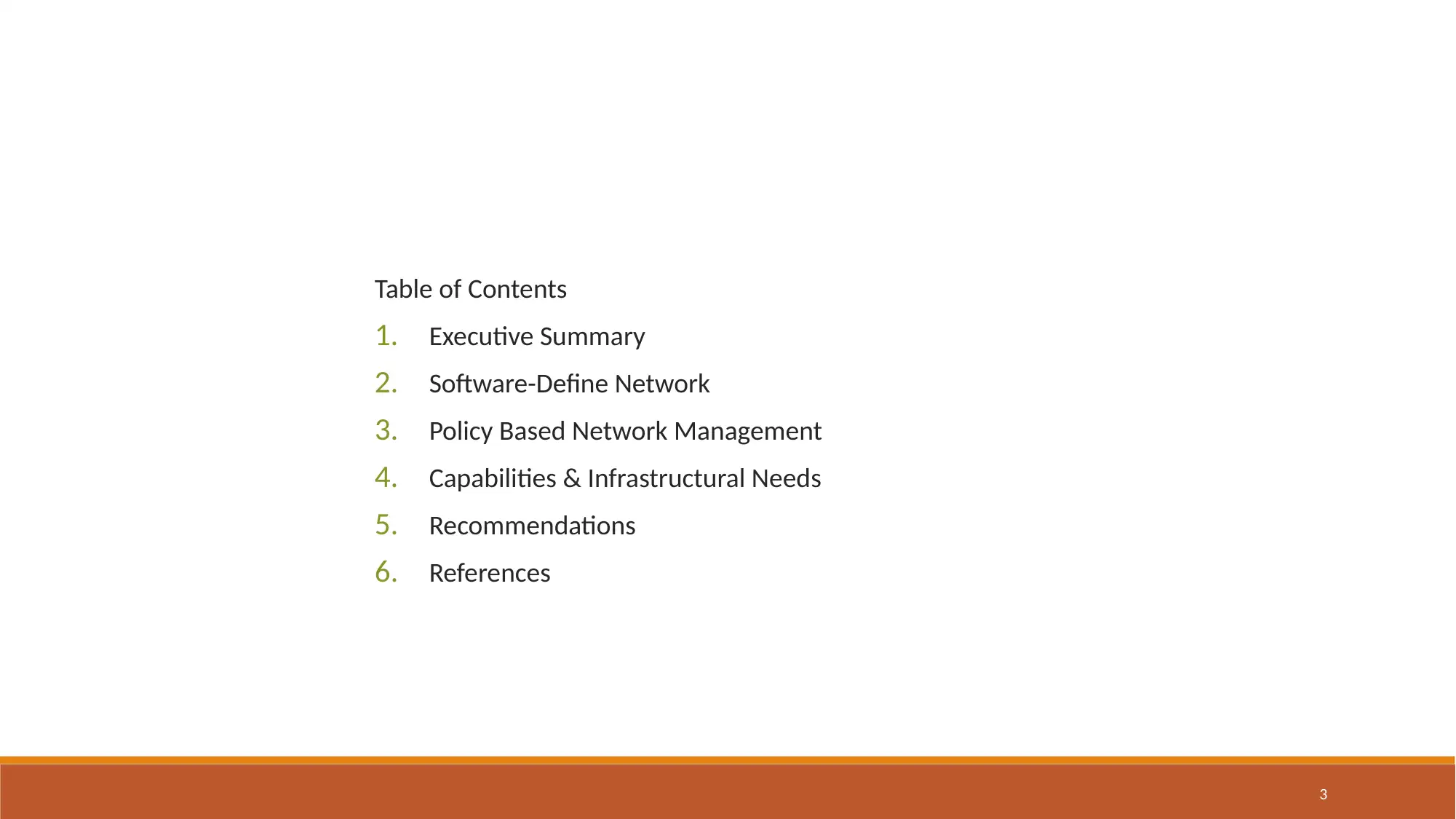

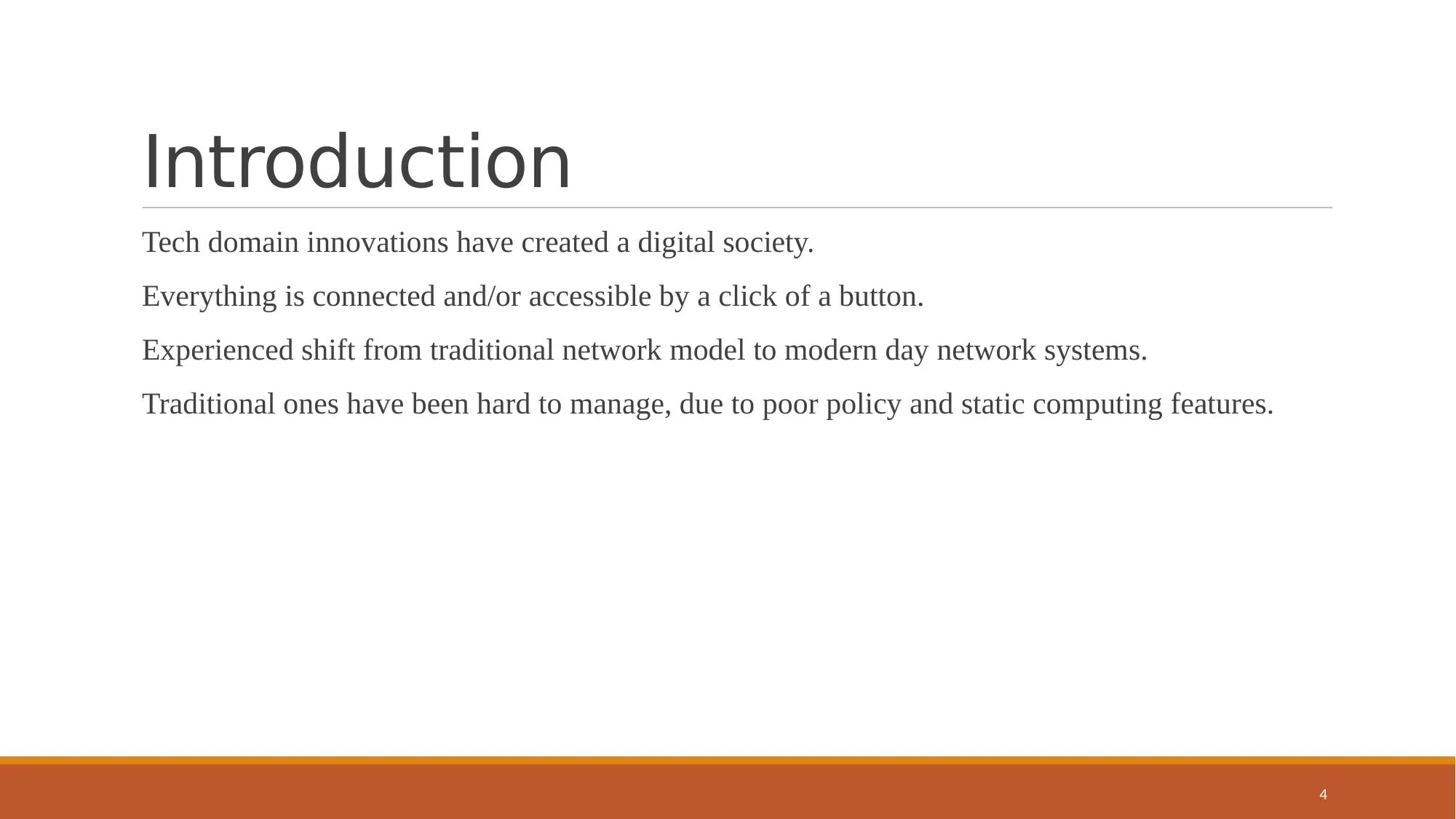
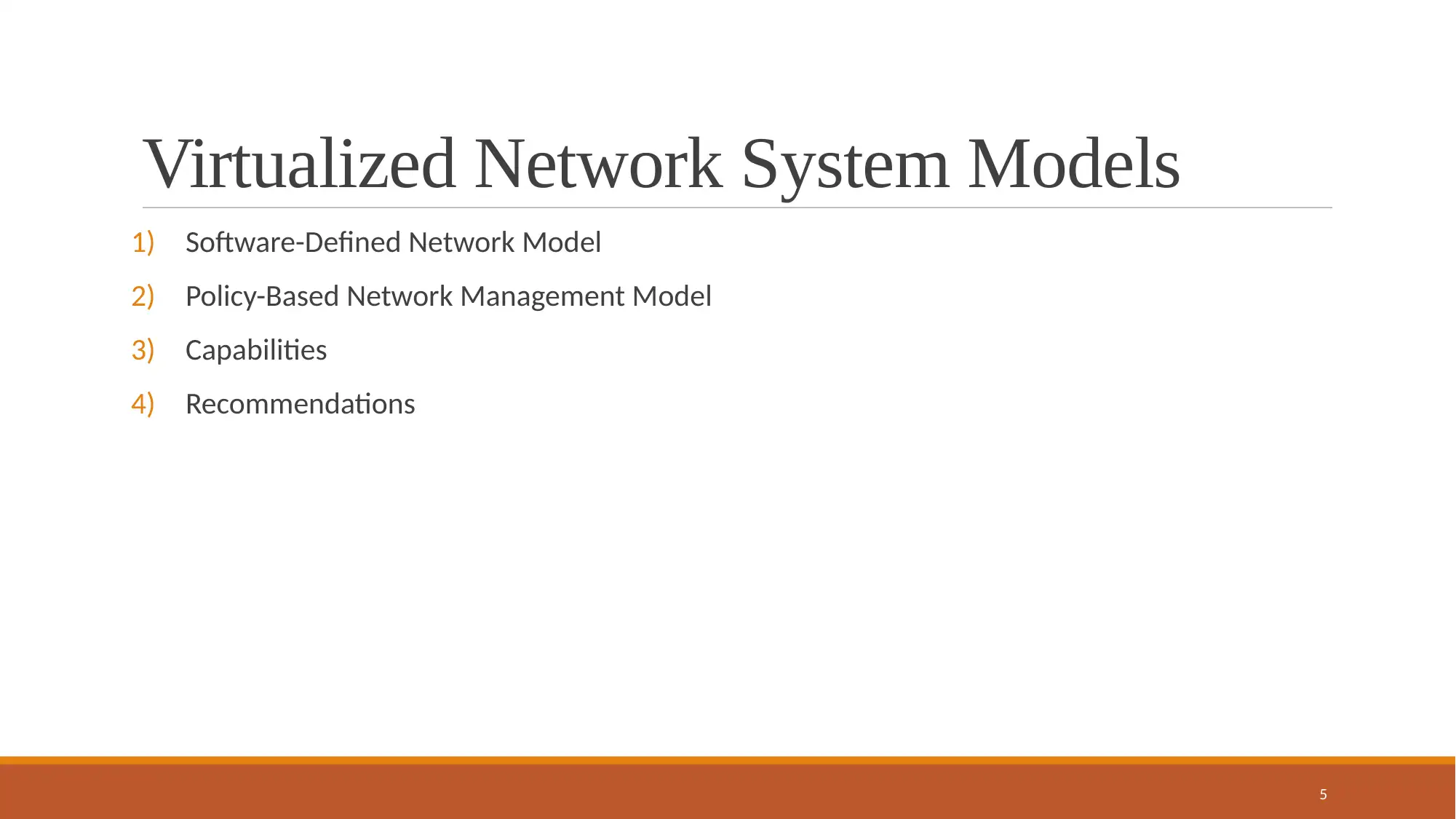
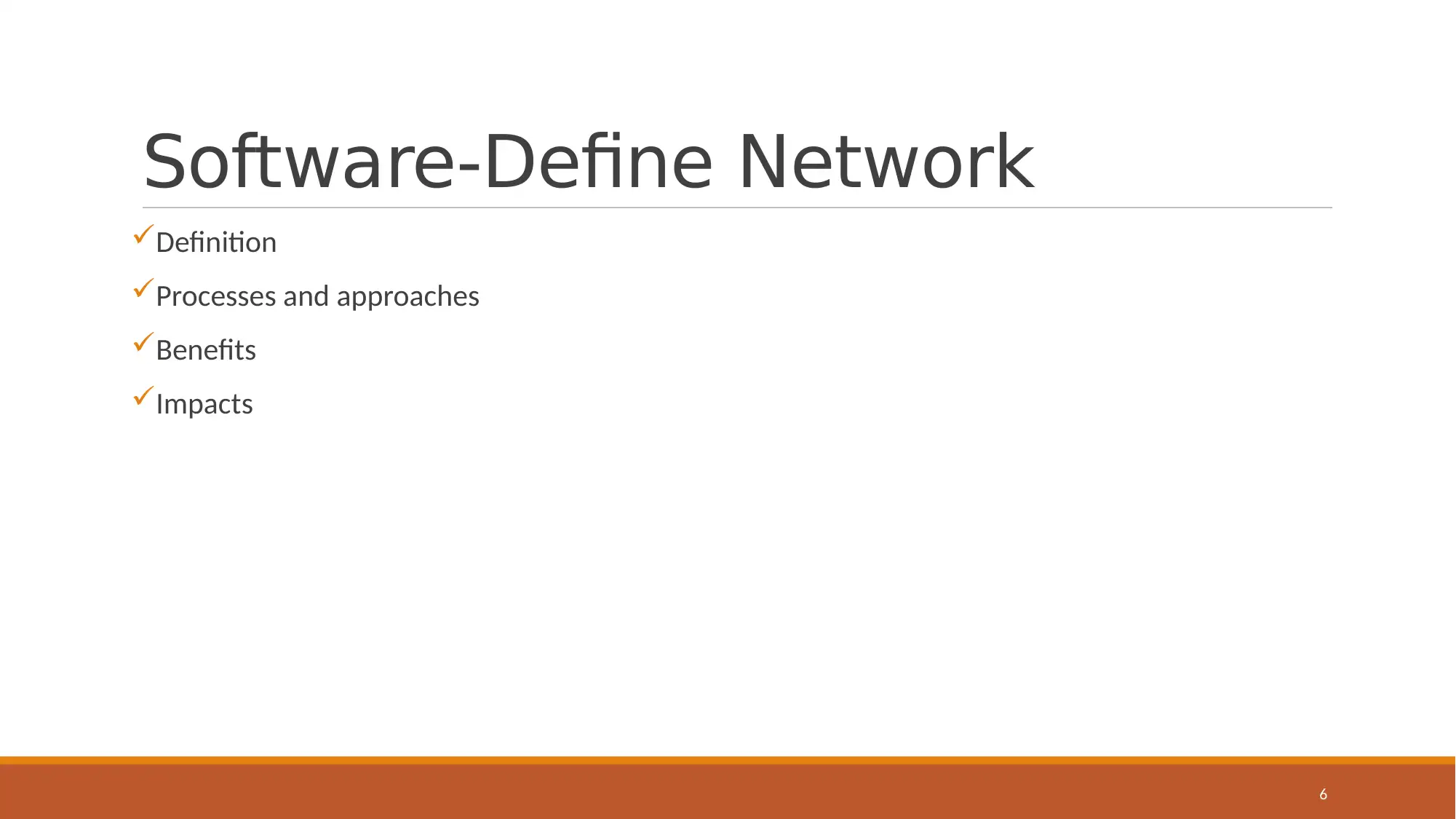
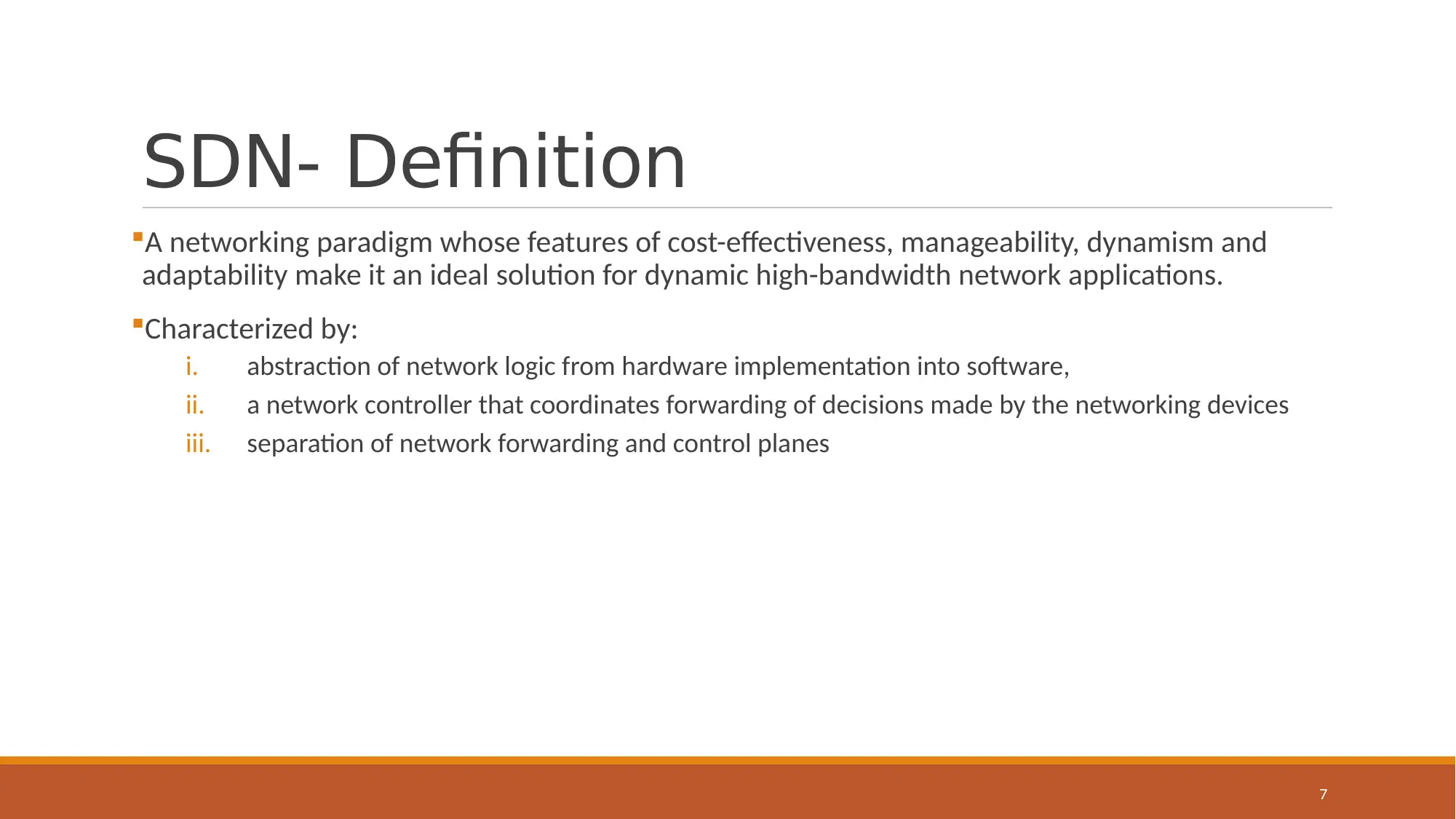
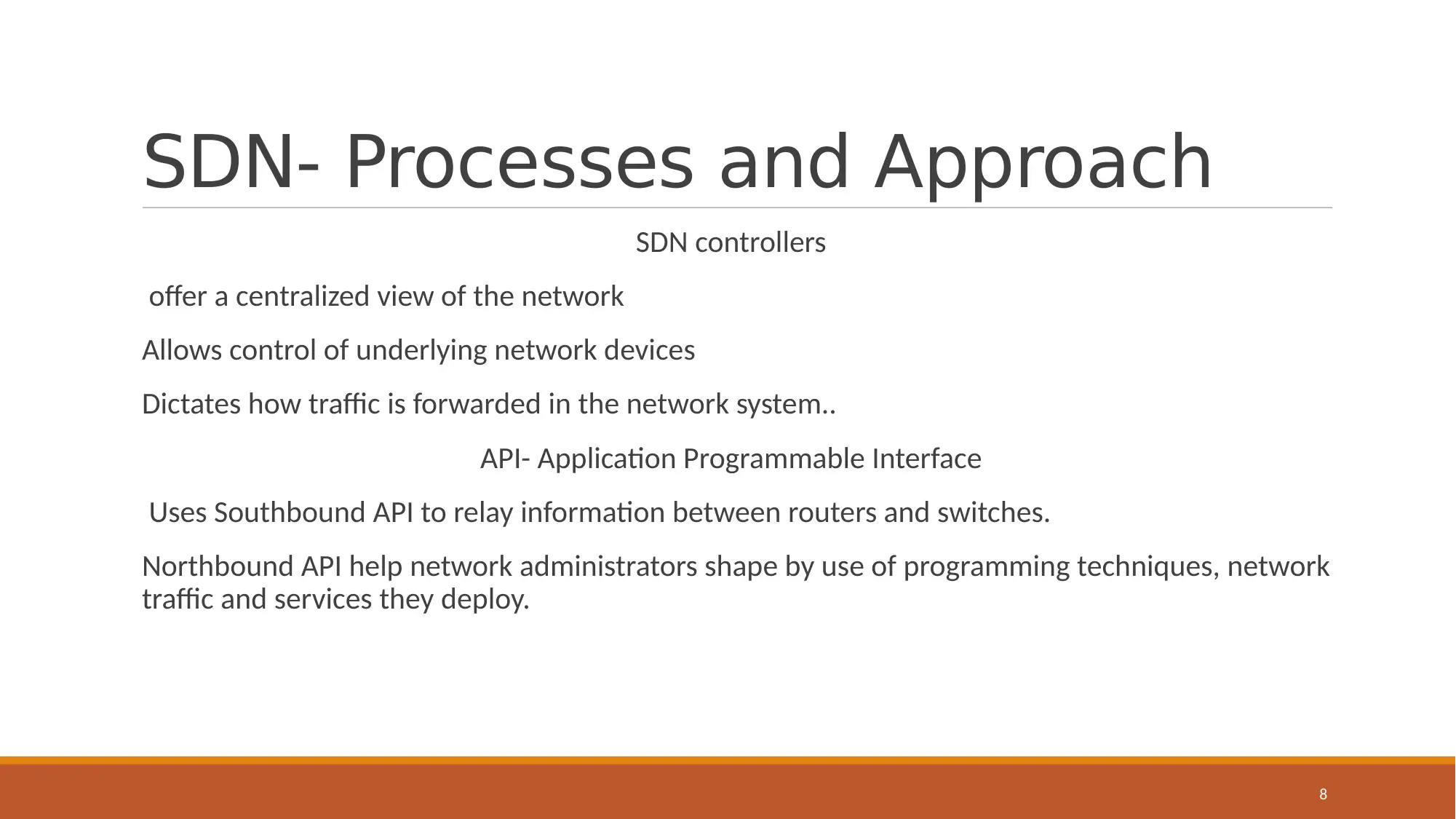
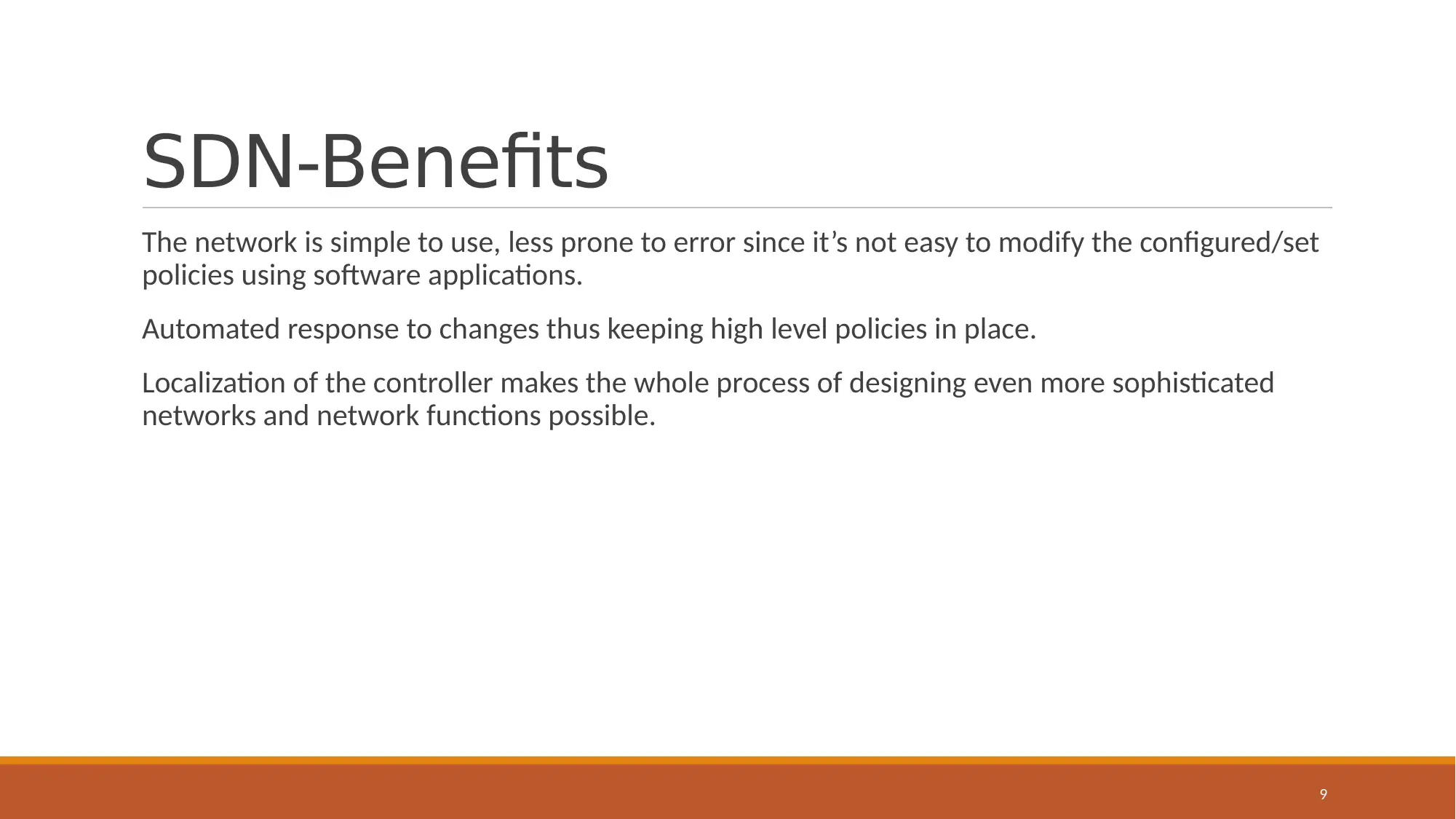
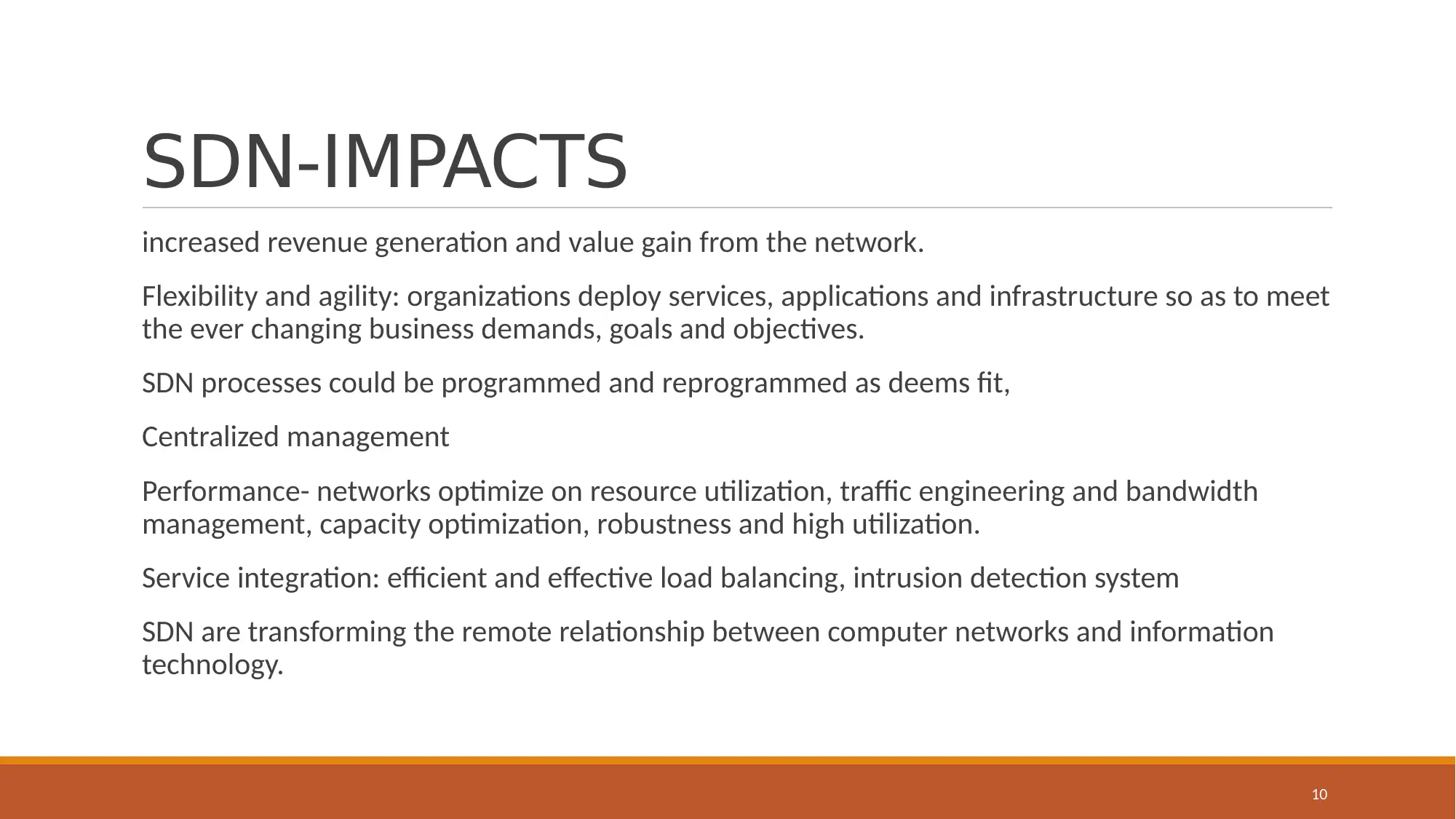
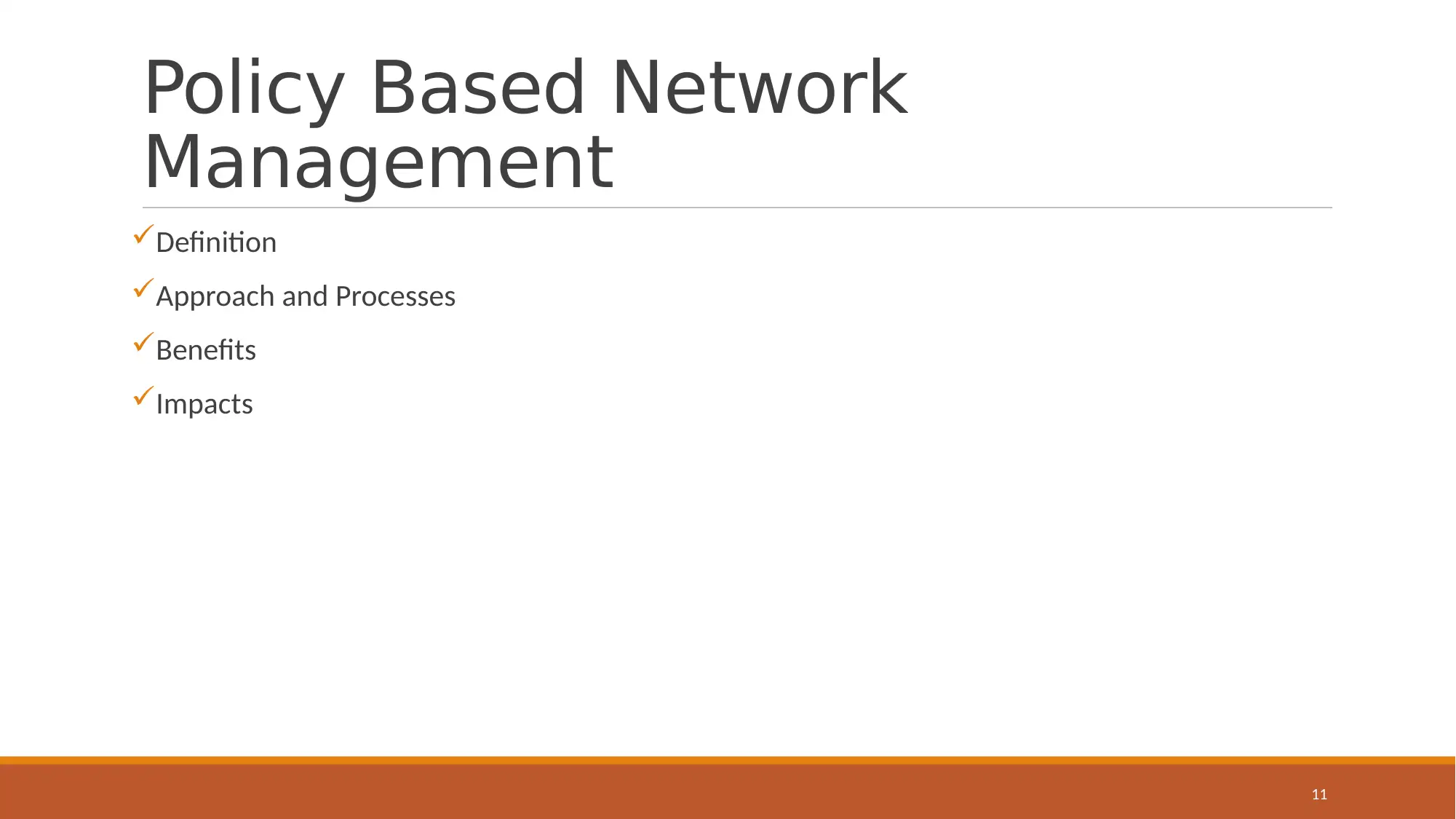
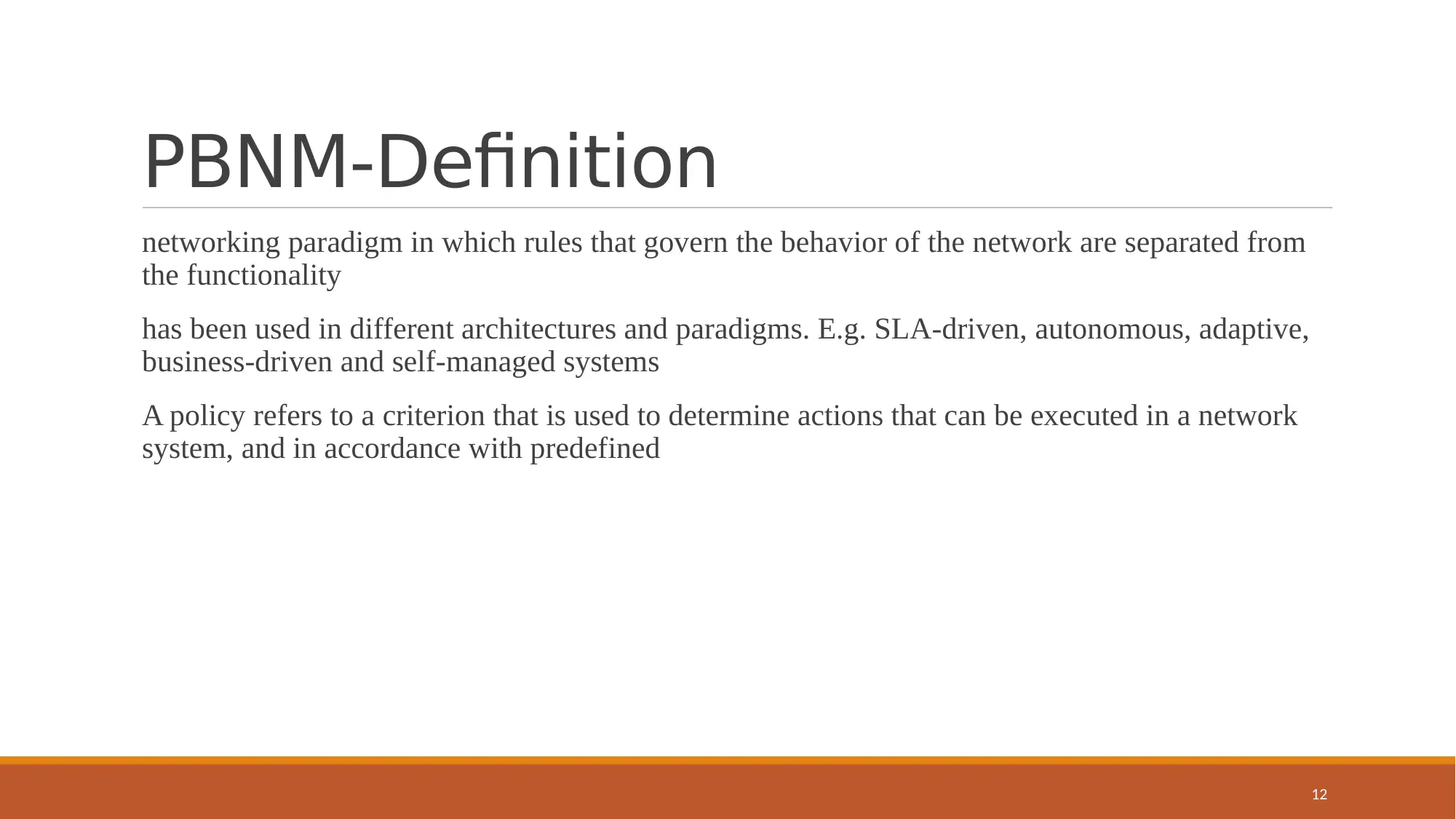






![[object Object]](/_next/static/media/star-bottom.7253800d.svg)